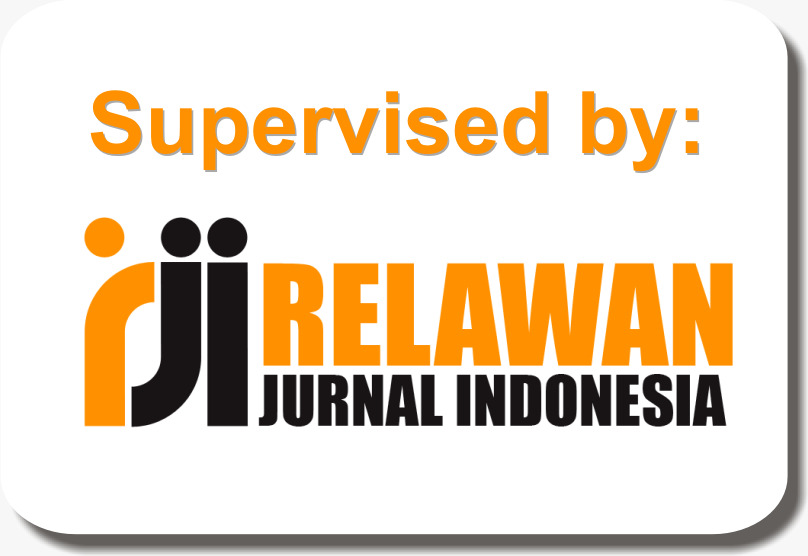The National Monument as Jakarta's Icon with the Role of Tour Guides in Enhancing Tourist Satisfaction
Abstract
This study aims to analyze the impact of service quality and tour guide knowledge on tourist satisfaction at the National Monument of Jakarta (Monas). The research method used is quantitative with a multiple regression approach to test the simultaneous and partial effects of the service quality and tour guide knowledge variables on tourist satisfaction. The sample consisted of 150 respondents selected using accidental sampling techniques. The results show that both service quality and tour guide knowledge have a significant effect on tourist satisfaction, both partially and simultaneously. Service quality, which includes friendliness, communication skills, and the ability to provide relevant information, enhances the tourist experience, while in-depth knowledge of Monas enriches their understanding of the site. The conclusion of this study is that improving service quality and tour guide knowledge can enhance tourist satisfaction. Recommendations for tour guides are to continue developing communication skills and gaining deeper knowledge about Monas. For Monas management, it is suggested to provide regular training for tour guides and continuously improve facilities and services to create a better tourism experience.
Keywords: Service quality of tour guides, knowledge of tour guides, tourist satisfaction









